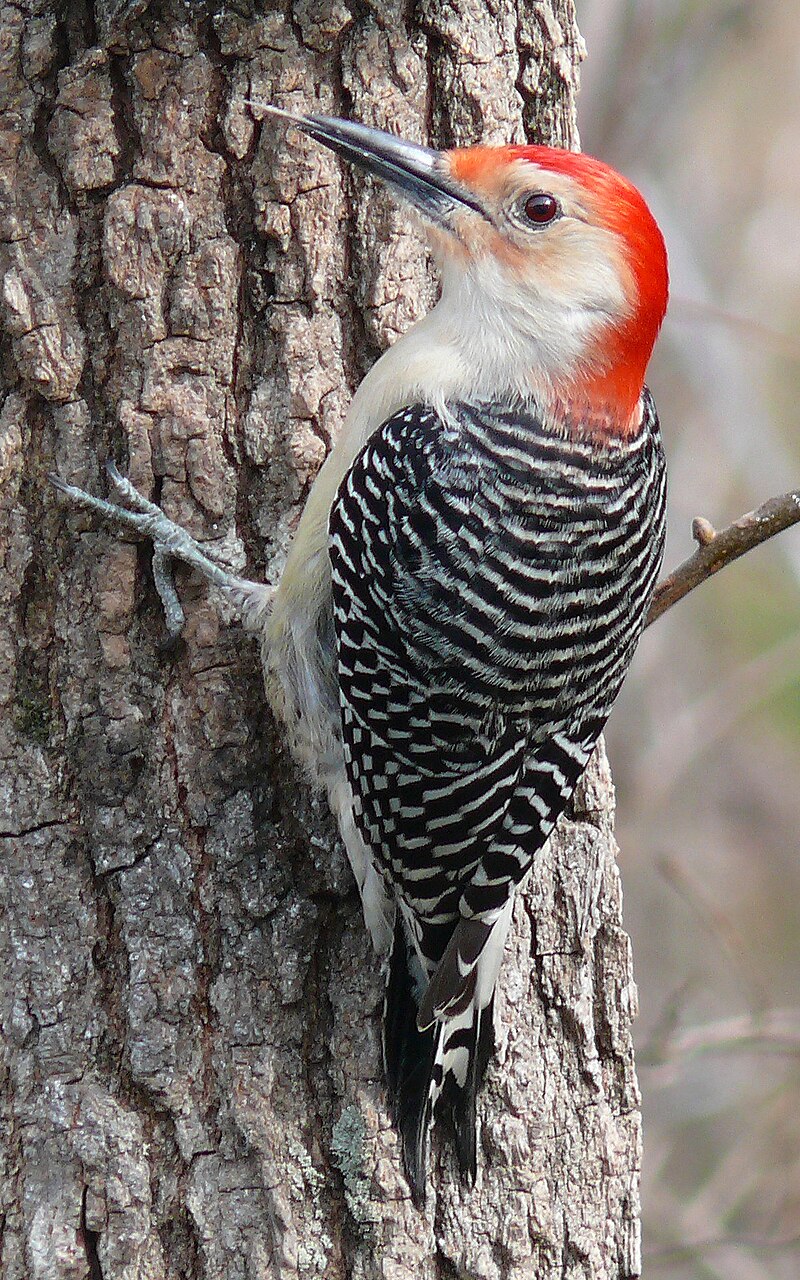Native Woodpeckers in Florida: An Overview to Variety and Behaviors
Native Woodpeckers in Florida: An Overview to Variety and Behaviors
Blog Article
Introducing the Secrets of Woodpeckers: Behavior, Environment, and Much More
Woodpeckers, with their one-of-a-kind actions and specialized adjustments, have actually lengthy captivated scientists and nature fanatics alike. By uncovering the enigmas bordering woodpeckers' behavior and habitat options, a deeper understanding of these avian wonders arises, using a glance into their fascinating globe.
Woodpecker Behavior Insights
In checking out woodpecker actions, a remarkable display of specialized skills and adjustments arises, shedding light on their remarkable eco-friendly specific niche. Woodpeckers, known for their unique drumming on trees, have a selection of behavior qualities that add to their survival and success in their atmosphere.
Moreover, woodpeckers show an unique feeding behavior defined by their ability to essence bugs from tree bark using their specialized beaks. Their lengthy, barbed tongues aid in capturing target, while their solid neck muscles offer stability and accuracy throughout pecking activities. This feeding strategy enables woodpeckers to access surprise insect larvae and remove them with amazing efficiency.
Environment Preferences and Selection
What variables affect the environment choices and option of woodpeckers? One crucial factor affecting woodpecker environment selection is the availability of suitable nesting sites. Woodpeckers generally prefer woodlands with a mix of fully grown trees that offer adequate chances for dental caries excavation.
Additionally, woodpeckers show a choice for habitats with a bountiful supply of food sources. They are mainly insectivorous, preying on beetles, ants, larvae, and other insects discovered in decaying timber or tree bark. Consequently, woodpeckers have a tendency to prefer woody locations with a varied insect population to meet their nutritional needs.
Moreover, the existence of dead or decaying trees is one more essential element in woodpecker habitat choice. These trees not just give food sources but also offer appropriate substratum for tooth cavity excavation. Dead trees are vital for the upkeep of healthy woodpecker populaces, as they play a crucial function in the woodpeckers' life process and ecosystem dynamics.
Feeding Routines and Diet Plan Make-up
Woodpeckers demonstrate a specialized feeding behavior focused on foraging for insects within numerous habitats. Their diet regimen mostly is composed of bugs such as beetles, ants, caterpillars, and spiders, which they find by touching on tree bark and paying attention for the sound of motion inside. Woodpeckers utilize their solid beaks to drill right into the timber and their long, barbed tongues to draw out prey from gaps. Along with pests, woodpeckers likewise eat tree sap, fruits, nuts, and seeds, including range to their diet depending on the period and schedule of food resources.
The foraging methods of woodpeckers are well-adapted to their arboreal way of living. Woodpeckers play a vital function in preserving the health and wellness of forests by managing insect populaces and assisting in the disintegration of wood.
Drumming Sounds and Interaction
Making use of quick drumming sounds have a peek here on different surfaces, woodpeckers employ a distinctive kind of communication to signal area boundaries and attract mates. This drumming behavior is not just a method of communication but additionally acts as a way for woodpeckers to develop their presence within a specific area. The strength, rate, and pattern of the drumming can communicate vital information to various other woodpeckers around.
Woodpeckers utilize drumming audios to introduce their presence in an area and to caution off prospective intruders. The loud and repetitive nature of the drumming works as a clear signal to other woodpeckers that the location is currently declared. This aids in reducing problems and minimizing physical confrontations in between individuals.

Survival Adaptations and Specialized Anatomy

Verdict
Finally, woodpeckers display unique habits, such as drumming sounds for communication, and have specialized anatomy for survival in their selected habitats. Their feeding behaviors and diet regimen composition even more demonstrate their flexibility to different atmospheres. By recognizing these elements of woodpeckers, scientists and guardians can better secure and protect these remarkable birds and their ecosystems.
Report this page